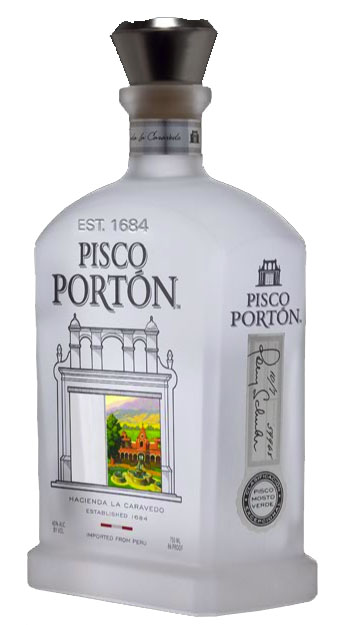By Mark Hanzlik, Executive Director
It’s difficult to escape the cycle of articles and blogs covering the various strategies broadcast companies, print publishers and other traditional media forms are deploying to keep themselves relevant and in-play for available advertising dollars. Before social media, smartphones, iPads, and other remarkable new devices, the advertising industry seemed a lot simpler and hyperbole was not as widespread.
Don’t get me wrong, no one would chose to miss out on the wonderful technical advances we’ve all come to enjoy. But on the other hand, it sure seems like the role of buying advertising across the array of media today has become rather complicated. For many media planners, just sorting through the first layer can be a daunting exercise without even tackling new mobile trends and disruptive technologies that are adding many more ways to link advertisers and customers.
AD VALUE PROPOSITION HAS CHANGED
On the one hand there’s this unstoppable race-to-the-bottom for pricing and immediacy in the digital world which doesn’t help traditional media ad values from declining. Not that they (newspapers mostly) haven’t already thrown themselves under the bus anyway. Industry-wide ad-pricing realignment for traditional media was long overdue.
Ad networks (mostly ad exchanges and real-time bidding) are driving down the price of digital advertising while sometimes delivering garbage inventory. But, there’s no denying ad exchanges have a role to play and could dominate digital in the future. Digital advertising will continue to be bought primarily through ad networks (exchanges, vertical networks, or targeted networks) including Google, Yahoo and other platforms. To media buyers it must be like a land rush except the real estate is moving like an ocean.
Take a look at how ad agencies have changed. The debate over whether digital marketing activities should continue in a silo structure or be handled by an outside shop has now evolved into a more holistic approach where agencies recognize the need for consumer experience-driven marketing. Some agencies like Starcom MediaVest are pioneering that “human experience” and tossing aside old industry standards.
MEDIA ROLES CHANGE
Facebook and Twitter have created new paradigms for personal blogging which have played a small role in re-writing the rules for delivering news and entertainment. Both have become part of an entirely new advertising equation which is still finding its way and looking for financial stability. Advertisers who barely embraced their own web site five years ago are now hosting Twitter, Facebook and LinkedIn pages along with blogs and digital transaction platforms. Meanwhile, newspapers and magazines are searching for paywall sweet spot with no proven path to success.
Mobile platforms continue to evolve and advertising follows suit, though the ability to target effectively and create true ad engagement seems to be the biggest challenge. Mobile and the related app development industry have undergone the most change, in fact just since the first of the year we’ve already witness dramatic changes. Even though Android is currently number one and media have already jumped on app development, the industry is sorting out the dilemma itself… how to avoid having to develop a half-dozen different mobile apps to reach consumers/readers.
Broadcast media also has undergone a transformation of sorts and some would think they’ve taken the to the digital age in many ways much easier than newspapers and magazines. But their audiences have continued to decline on traditional TV sets as new ways to view the same old programming are introduced every day. Much like newspapers, a younger online audience is a diminishing ingredient in traditional broadcast. But at the same time, television and radio are continuing to grow their presence on the internet via streaming content. This is a good sign for the industry, and the advertisers who will line up behind their traditional media partners.
THE BOTTOM LINE
Traditional media forms (particularly print and broadcast) will continue to closely monitor developments made by companies like Apple, Facebook, YouTube, Twitter, Microsoft, Groupon, and others, and hopefully adapt accordingly. There was some evidence of this at the NAA’s mediaXchange in Dallas earlier this year where newspaper leaders outlined a future that certainly didn’t look similar to what we’ve been seeing in the past. As long as the newspaper industry isn’t tied myopically to Groupon-style “daily deals” platforms ONLY and they implement a “digital first” approach to all areas of publishing, there is hope. Broadcasters at the same time must continue to provide the same hyper-local acumen as newspapers and bring to small screens their familiar video approach and provide value to advertisers. Finally, advertisers and agencies must adopt a holistic approach because there’s already so much media fragmentation and they must use the latest technology to assist them in understanding the behavior of their customer/reader.
 The noteworthy recommendations arrive at a time when the advertising industry (digital advertising in particular) is in need of standardization, transparency, and guidance.
The noteworthy recommendations arrive at a time when the advertising industry (digital advertising in particular) is in need of standardization, transparency, and guidance.
